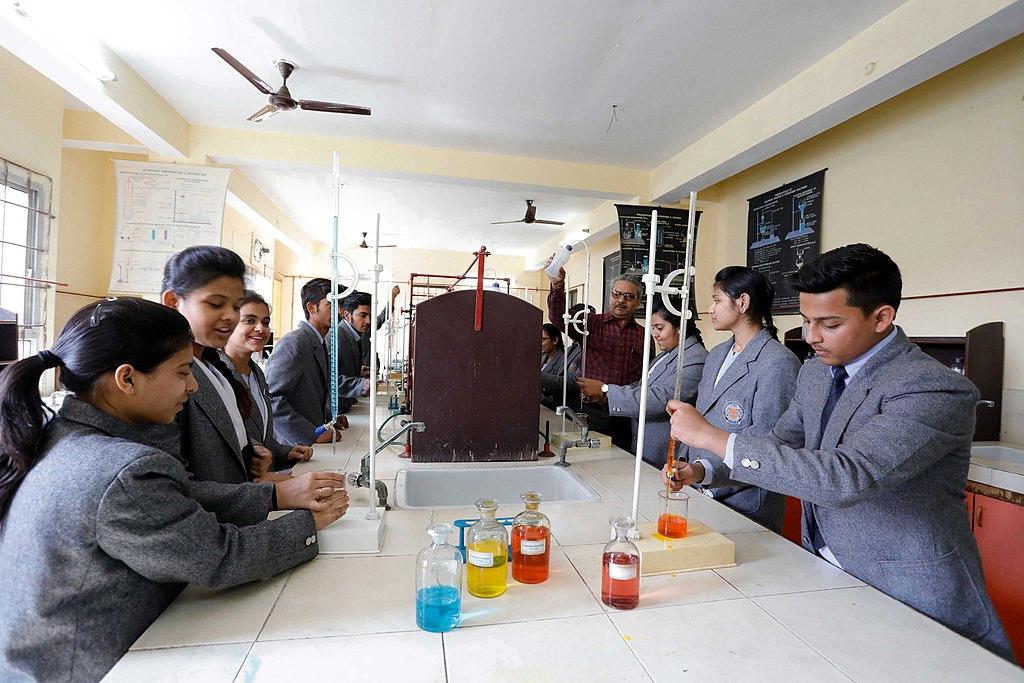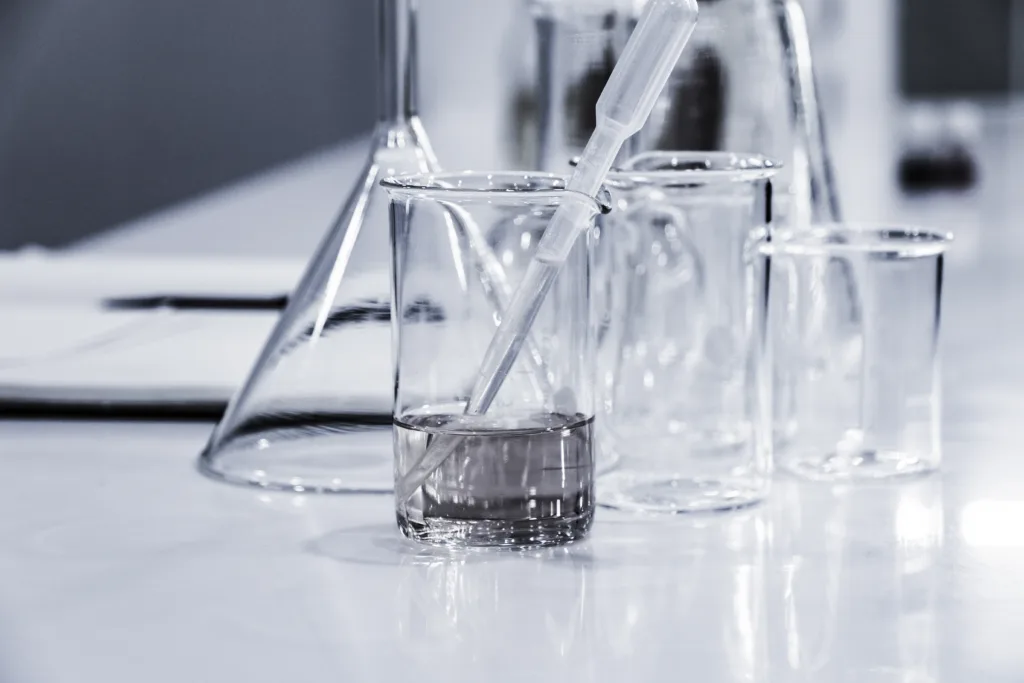Lab practicals are an essential component of laboratory courses, as they enable students to apply the theoretical knowledge they have learned in lectures and tutorials and develop practical skills. However, preparing for lab exams can be challenging, especially if one is not familiar with the format and content of the questions. In this article, we will discuss some strategies for studying for lab practicals.
The first step in preparing for a lab practical is to find out as much as possible about the content and format of the exam questions. This could include reviewing past exams, talking to other students who have taken the course, or consulting with the instructor. It is important to understand the types of questions that will be asked, such as identification of structures, interpretation of data, or application of techniques.
Once you have a good understanding of the exam format, the next step is to start studying early. Lab practicals require a lot of memorization and practice, so it is important to give yourself enugh time to review the material thoroughly. Make a study schedule and stick to it, allocating time for reviewing lecture notes, reading the lab manual, and practicing lab techniques.
When studying for a lab practical, it is also important to think about how the questions will be presented. Will you be given specimens to identify, or will you need to interpret data from experiments? Understanding the structure of the questions will help you focus your studying efforts.
One effective strategy for studying for lab practicals is to create a set of study notes that integrates and summarizes the important information used to complete the lab. This could include diagrams, tables, and summaries of key concepts and techniques. By condensing the material into a manageable format, you can review the information more efficiently and effectively.
During the lab practical, it is important to stay calm and focused. Remember that you have prepared thoroughly and know the material well. Read each question carefully and take your time answering. Be sure to label your answers clearly and follow any instructions provided.
Preparing for lab practicals can be challenging, but with the right strategies and preparation, you can succeed. By understanding the exam format, starting early, thinking about how questions will be presented, creating study notes, and staying calm during the exam, you can perform your best and achieve success in your laboratory course.
How Do I Study For A Lab Practical?
When it comes to studying for a lab practical, there are a few strategies that can help you prepare effectively. Firstly, it’s important to find out as much as you can about the content and format of the exam questions. This will help you to focus your study efforts and ensure that you’re prepared for the types of questions that may be asked.
Another key strategy is to start studying early. Lab practical exams often cover a significant amount of material, so it’s important to give yourself pleny of time to review and practice. This will also help you to avoid feeling overwhelmed or stressed in the lead-up to the exam.
When studying for a lab practical, it’s also important to think about how the questions will be presented. Will they be multiple choice, short answer, or require you to perform a specific task? Understanding the format of the questions can help you to tailor your study approach to suit.
One effective way to prepare for a lab practical is to create a set of study notes that integrates and summarizes the important information used to complete the lab. This can include key concepts, formulas, and procedures, as well as any relevant diagrams or illustrations. Bullet lists can also be useful for breaking down complex information into more manageable chunks.
Studying for a lab practical requires a combination of careful preparation, focused study, and effective note-taking. By following these strategies, you can give yourself the best chance of success on exam day.

What Is The Difference Between Lab And Practical?
A lab and practical are both types of hands-on learning experiences, but there are some key differences betwen the two. A lab typically involves conducting experiments or investigations to test theories or hypotheses. Labs are often conducted in a controlled environment, such as a laboratory, and may require specialized equipment or materials.
On the other hand, a practical is a more general term that can refer to any type of hands-on learning experience, such as fieldwork, simulations, or demonstrations. Practicals may not necessarily involve conducting experiments or investigations, but they are still focused on applying theoretical knowledge to real-world situations.
The main difference between a lab and a practical is that a lab typically involves conducting experiments to test theories, while a practical is a more general term that can refer to any type of hands-on learning experience.
How Long Does A Lab Practical Take?
The duration of a lab practical can vary depending on the specific experiment and the instructions provided by the instructor. However, in general, a lab practical can take anywhere from 1 hour to 3 hours to complete. For this particular practical, you will have a total of 120 minutes to finish the experiment. It is important to note that minimal instruction will be provided on the day of the practical, so it is recommended to review any previous notes or observations regarding crystallization and TLC in your laboratory notebook to prepare yourself for the experiment.
What Is A Practical In Anatomy?
A practical in anatomy refers to a hands-on session were students study the structure and function of the human body through the dissection of a human cadaver. This technique allows them to observe the biological and systemic foundations of the human body while gaining a better understanding of its complexity within the clinical context. During these sessions, students learn to identify and describe the various organs, tissues, and structures of the human body. They also acquire a range of skills, such as anatomical terminology, dissection techniques, and how to use different tools and equipment. Additionally, practicals in anatomy provide an opportunity for students to develop important skills such as teamwork, communication, and problem-solving. practicals in anatomy are an essential part of medical education, as they enable students to develop a comprehensive understanding of the human body and its functions.

Conclusion
Lab practicals are an integral part of science education. They offer students the opportunity to apply the theoretical knowledge they have gained in lectures and tutorials, to real-life scenarios and experiments. Lab practicals provide an excellent platform for students to learn and enhance thir practical skills and knowledge of scientific principles. It is essential to study for lab exams by understanding the content and format of the exam questions, starting early, and making study notes that summarize the critical information. During the practical, it is crucial to pay attention to instructions and use previous observations from laboratory notebooks to complete the experiment. Practical Anatomy is a course designed to provide an in-depth understanding of the human anatomy’s biological and systemic foundations while considering its complexity in a clinical context. lab practicals are an exciting and challenging way to learn, and students should approach them with a positive attitude and a willingness to learn.
